Whether you are planning shore entries, drift dives, or a liveaboard, use this field-tested playbook to plan safely, conserve gas, and come home with a grin.
Pre-trip prep
-
Medical fitness: clear congestion, hydrate, skip alcohol, sleep well. Get physician approval if you have cardiac/respiratory issues.
-
Certification limits: stay within your training (depth, overheads, currents, DPVs).
-
Insurance: consider dive-specific coverage for treatment and evacuation.
-
Research the site: depth profile, tides/currents, temp/visibility, entry/exit, emergency access, nearest chamber.
Gear checklist (modular)
Core: mask (low volume), snorkel (optional), fins, exposure suit, BCD/wing, regulator with alternate, timing/computer, SPG, weights, cutting tool, SMB/DSMB + spool, whistle.
Extras: light + backup, slate/wet notes, compass, reef-safe sunscreen, spare O-rings/zip ties, silicone grease, defog, repair kit.
Cold water: hood, gloves, thicker undergarments; consider redundant light and drysuit inflator hose.
DPV (scooter) add-ons: leash, tow cord, kill switch lanyard, camera mount if filming.
Pre-dive checks (buddy equipment)

Use BWRAF:
-
BCD: inflate/deflate, dump valves, fit.
-
Weights: amount, placement, quick-release.
-
Releases: all buckles/clips located and snug.
-
Air: both regs breathe; check SPG; alternate accessible.
-
Final: computer on, compass set, accessories secured, plan review.
Dive planning essentials
-
Objective: training, photography, navigation practice, or sightseeing.
-
Max depth time: within no-decompression limits and your cert.
-
Entry timing: for shore sites, target slack high tide when currents calm.
-
Navigation: out-and-back on a fixed compass heading; return on reciprocal; pair with natural cues (slope, surge, light).
-
Turn pressure reserve: agree before entering. Typical recreational reserve is 500 psi (35 bar) or more depending on conditions.
Simple gas plan (imperial example)
-
Determine a conservative SAC (surface air consumption), e.g., 0.5 cu ft/min.
-
Convert depth to ATA (atmospheres absolute): 33 ft ≈ 2 ATA, 66 ft ≈ 3 ATA, 99 ft ≈ 4 ATA.
-
Gas used ≈ SAC × ATA × minutes.
-
Example: 66 ft (3 ATA) for 20 min → 0.5 × 3 × 20 = 30 cu ft. On an AL80 (~77 cu ft), keep a 12–15 cu ft reserve (~500 psi), plus margin for ascent and safety stop.
For metric, use L/min and bar; same formula with cylinder size in liters.
Recommended: Flying with Your Underwater Scooter: A Comprehensive Guide to Air Travel Rules
In-water technique
-
Trim buoyancy: horizontal body, tiny breath-led corrections; add gas early to avoid yo-yoing.
-
Finning: frog kick near the bottom to reduce silt; flutter in open water; back kick for positioning.
-
Equalization: early and often—pinch/press, swallow, or jaw wiggle; never push through pain.
-
Ascent discipline: ≤9–10 m/min (30 ft/min) and a 3–5 min stop at ~5 m (15 ft) unless conditions require otherwise.
Communication
Core hand signals: OK, Up/Down, Low on Gas, Out of Gas, Level Off, Turn Around, Problem, Buddy Close, Compass/Direction.
Light signals (night): slow circle = OK, rapid side-to-side = attention/problem. Keep beams off eyes.
Recommended: Top Underwater Scooters Under $500 (2025 Guide)
Emergency basics
-
Lost buddy: 1-minute search while slowly turning and scanning; if no contact, surface and regroup.
-
Out of gas: signal, receive alternate, establish contact, ascend normally with stop if safe.
-
Cramp: signal, stretch/extend fin tip toward buddy or self-massage; hydrate after.
-
Free-flowing reg: switch to alternate, control ascent; if needed breathe off free-flow while ascending.
-
Entanglement: stop, signal, use cutting tool; buddy assists; avoid frantic pulling.
DPV (scooter) fundamentals

-
Training: get specific DPV instruction; scooters can magnify task loading and separation risk.
-
Towing speed: towline length set for comfort; keep speeds low enough to maintain buddy contact and avoid overexertion.
-
Gas discipline: scooters extend range—stick to your turn pressure and reserve; don’t ride the tank dry.
-
Environment: avoid close passes over sand or reef; hold neutral buoyancy and steer with subtle fin inputs.
Environmental etiquette
-
No touch, no take: corals and critters are fragile; silt clouds smother life.
-
Good kicks, good pics: stabilize before shooting; avoid kneeling.
-
Secure gear: clip boltsnaps; dangling gauges damage habitat.
-
Respect wildlife: give sharks, turtles, and rays ample space; never chase.
After the dive
-
Log debrief: note conditions, gas use, navigation, and what to improve next time.
-
Rinse ritual: fresh water rinse, operate inflators and dumps, run regs briefly (dust cap on), dry in shade.
-
Battery care: partial charge for storage; keep cool and dry; follow manufacturer guidance.
-
Flying after diving: follow your agency/computer guidance; allow ample surface interval after multiple dives or days of diving.
Shore-dive quick template
-
Site access: parking, stairs/rocks/surf, exit backup?
-
Tide/current: high tide time, slack window, surge forecast.
-
Plan: max depth/time, route, turn pressure, lost-buddy procedure.
-
Kit: exposure suit, weights noted, SMB/spool, lights, cutting tool.
-
Emergency: nearest 911 access, hospital/chamber, local rules/permits.
Packing list (printable)
-
Documents: cert card, insurance, dive log, ID, permits.
-
Wearables: suit, hood, gloves, booties.
-
Hardware: mask, fins, BCD, regs, computer, SPG, weights (or arrange rental).
-
Safety: SMB/DSMB + spool, whistle, light + backup, cutting tool.
-
Maintenance: O-rings, greases, spare mask strap/fin strap, multi-tool, tape/zip ties.
-
Extras: defog, towel, water, snacks, dry bag, first-aid kit.
Pro tips in one breath
Breathe slow, move slow, plan your turn early, keep your profile smooth, protect your seals, and write down what you’ll improve next time. That’s how dives get safer—and better—dive after dive.
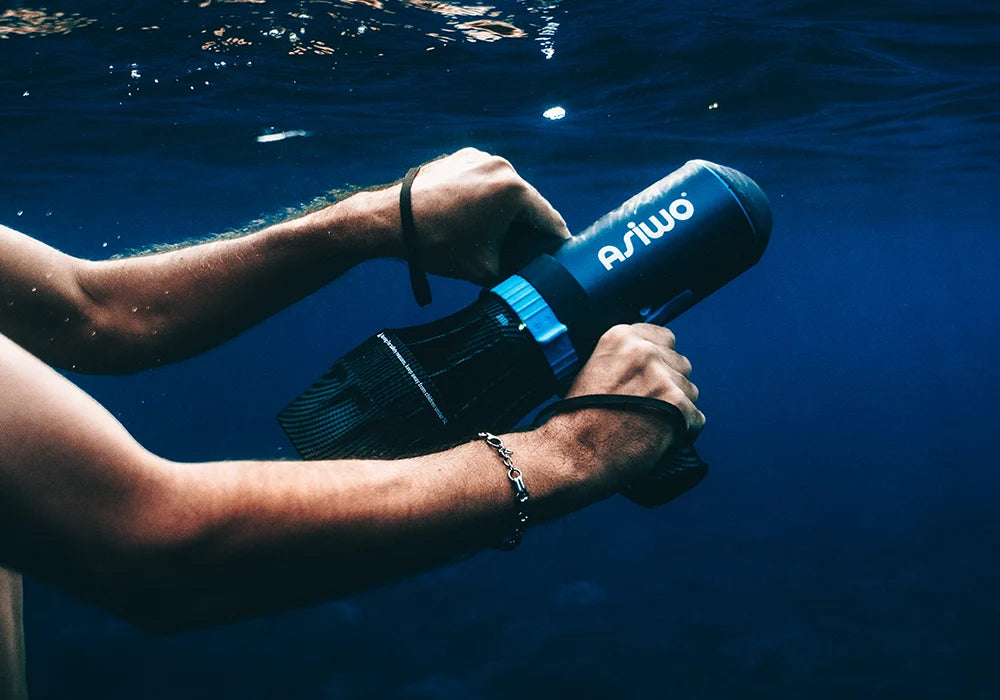




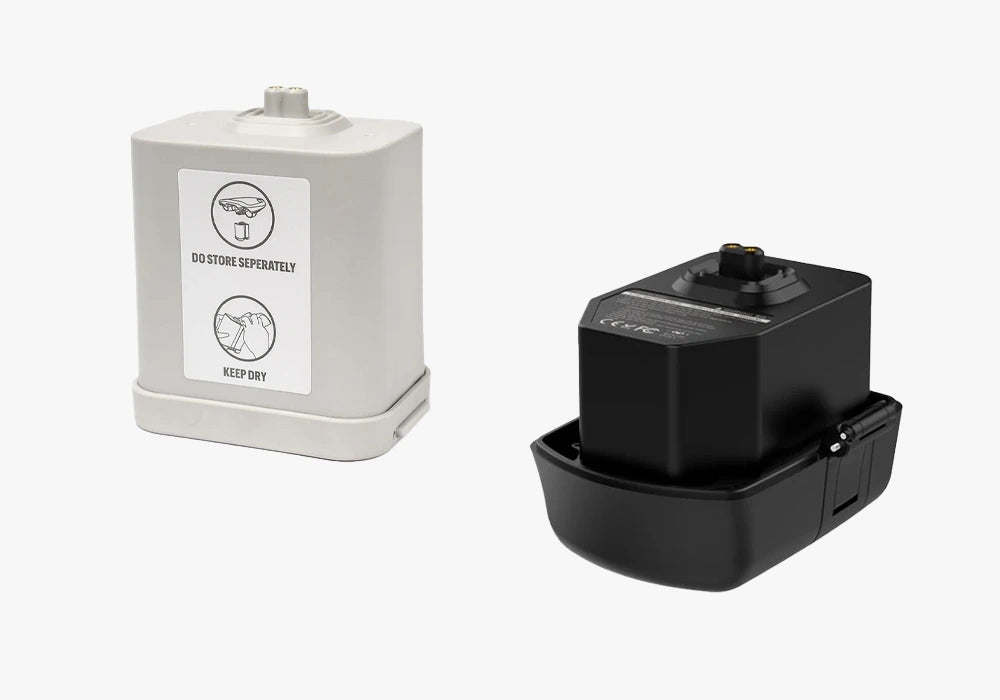




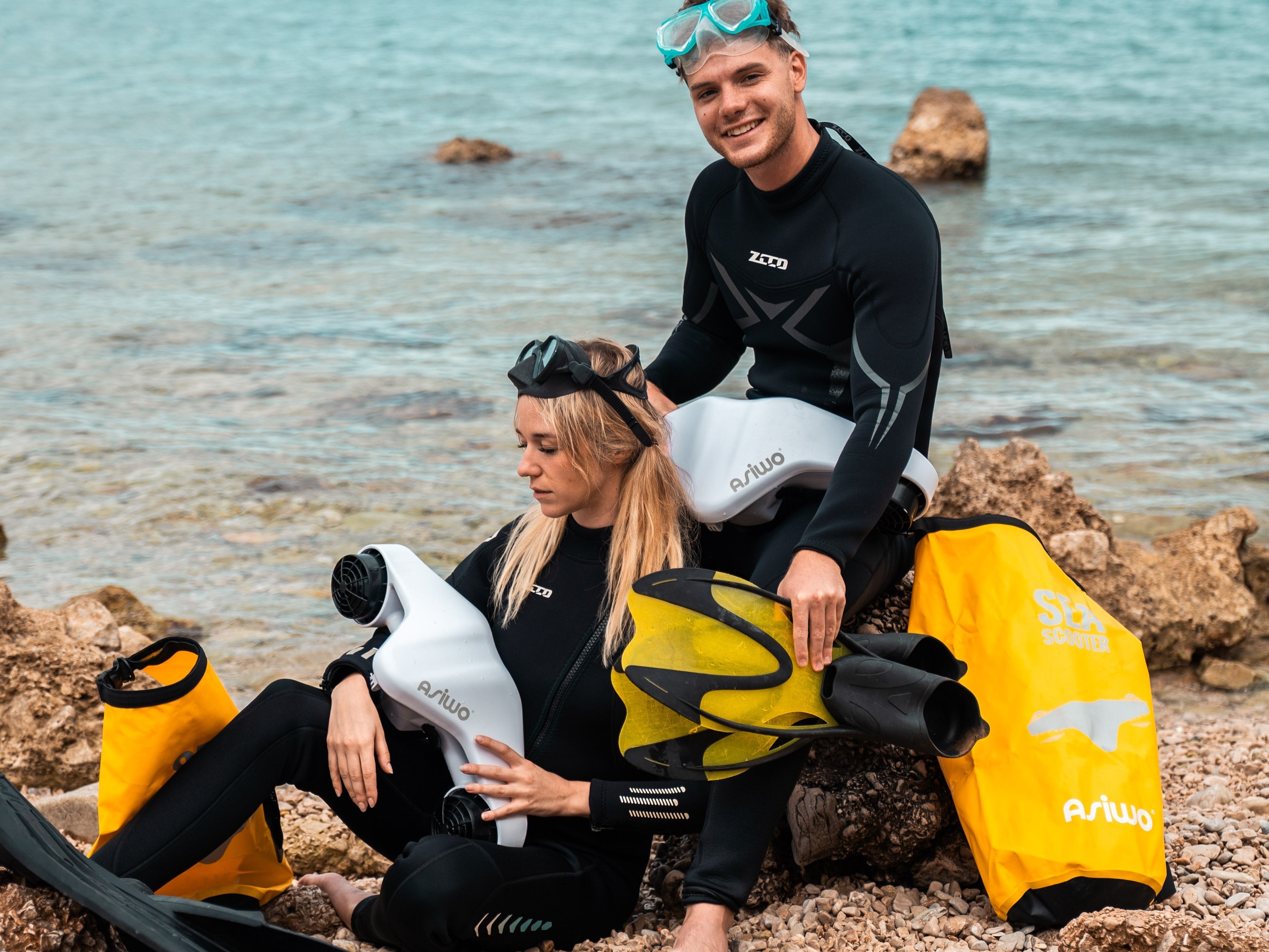
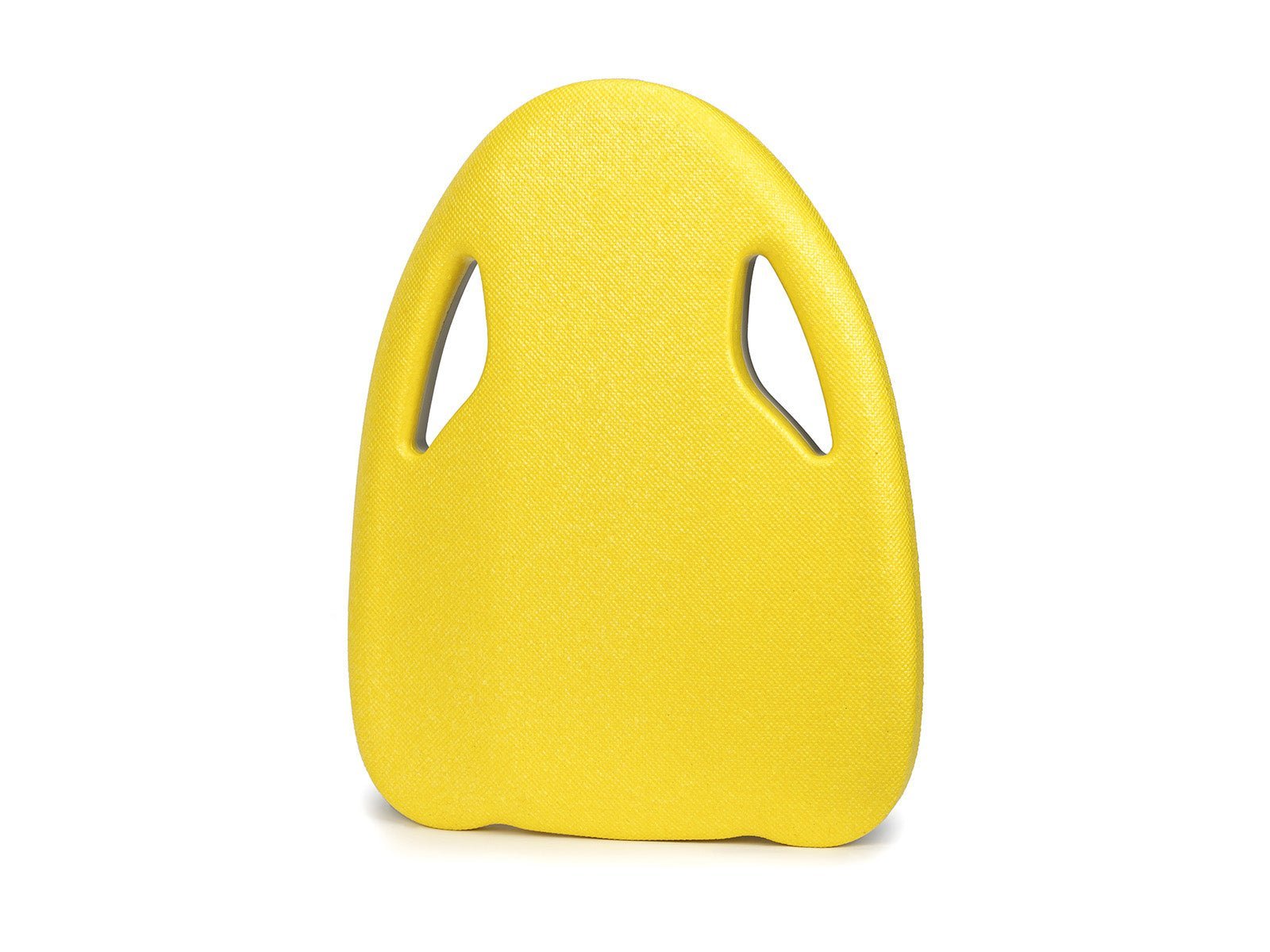
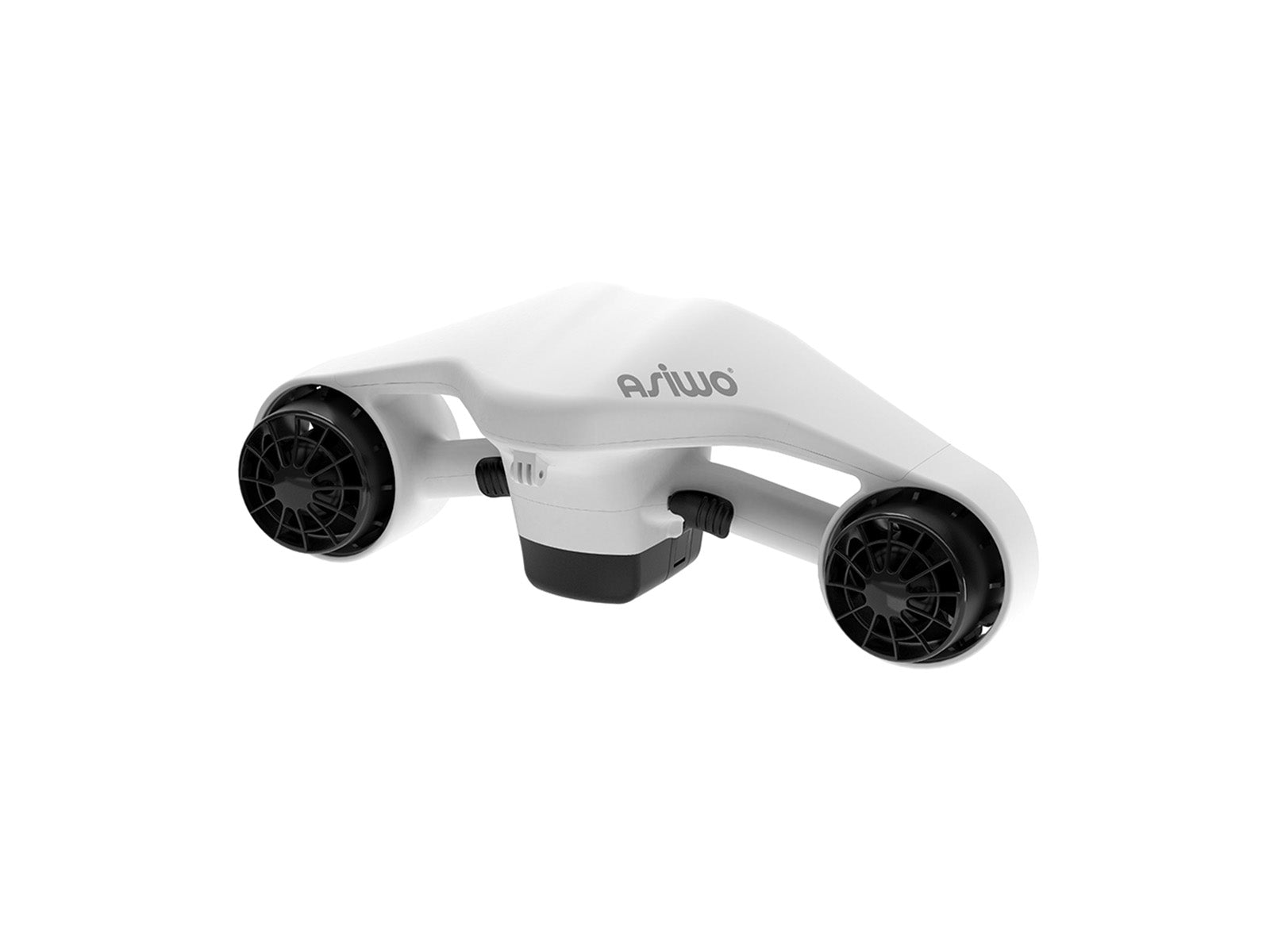
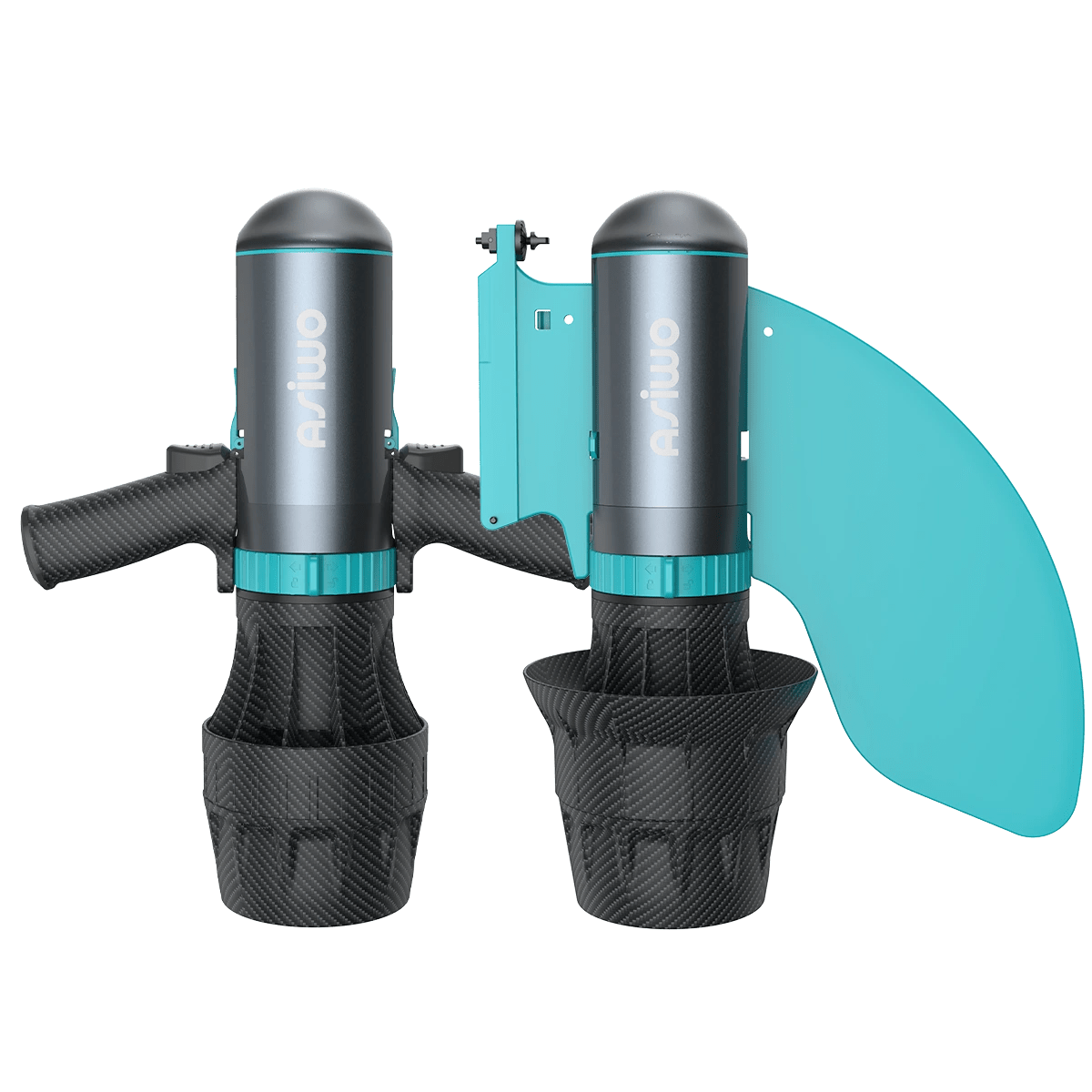
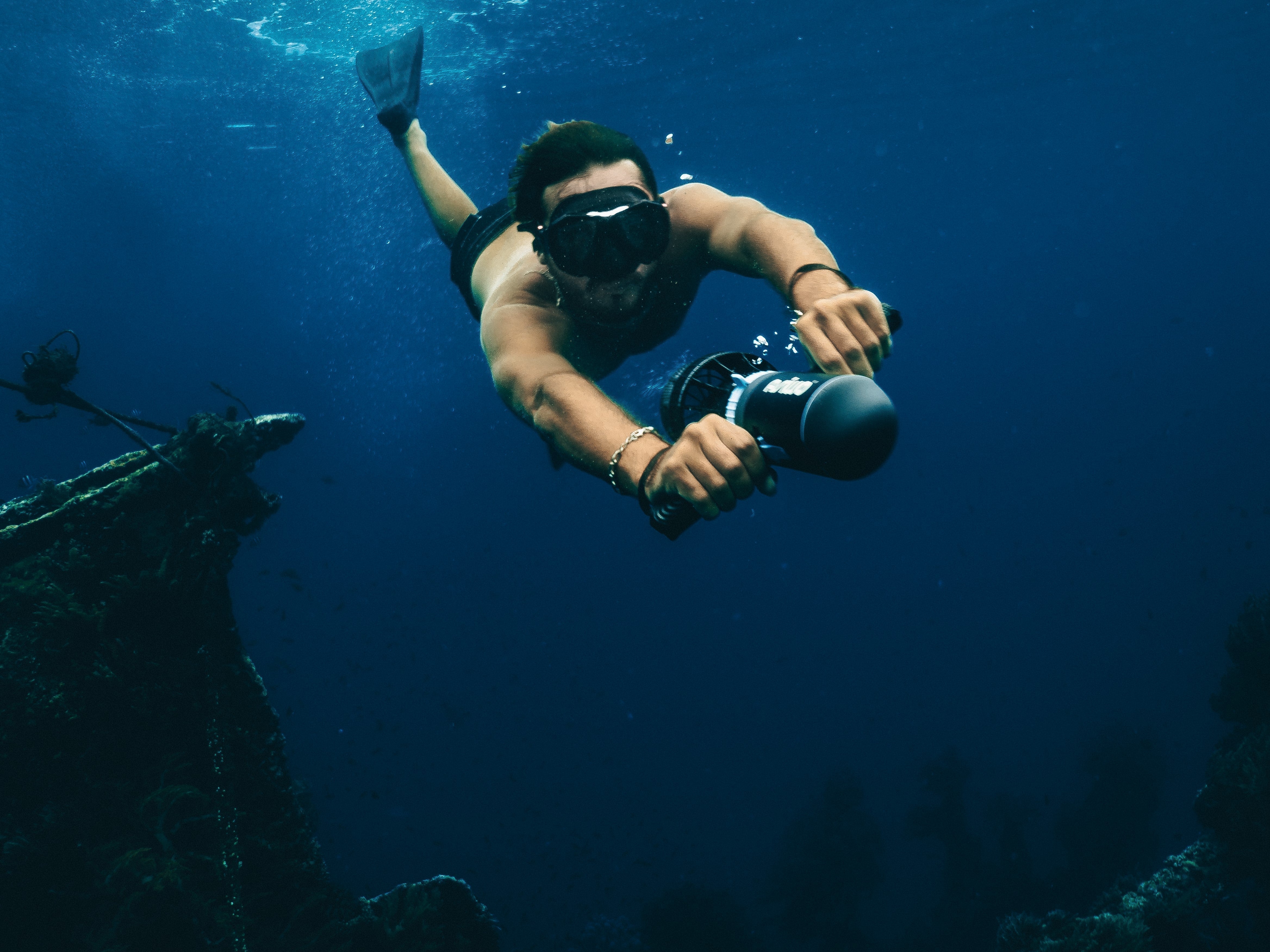
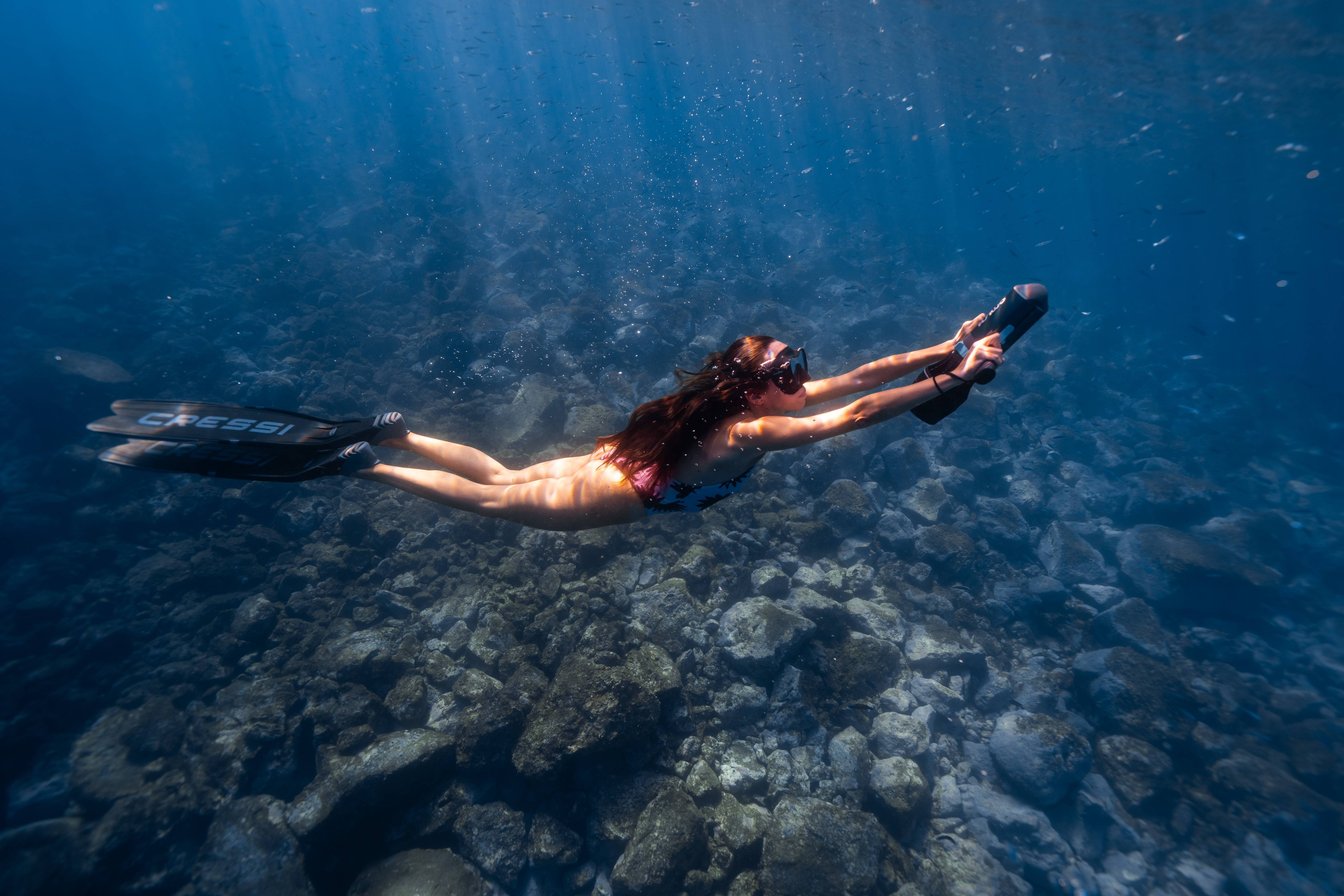
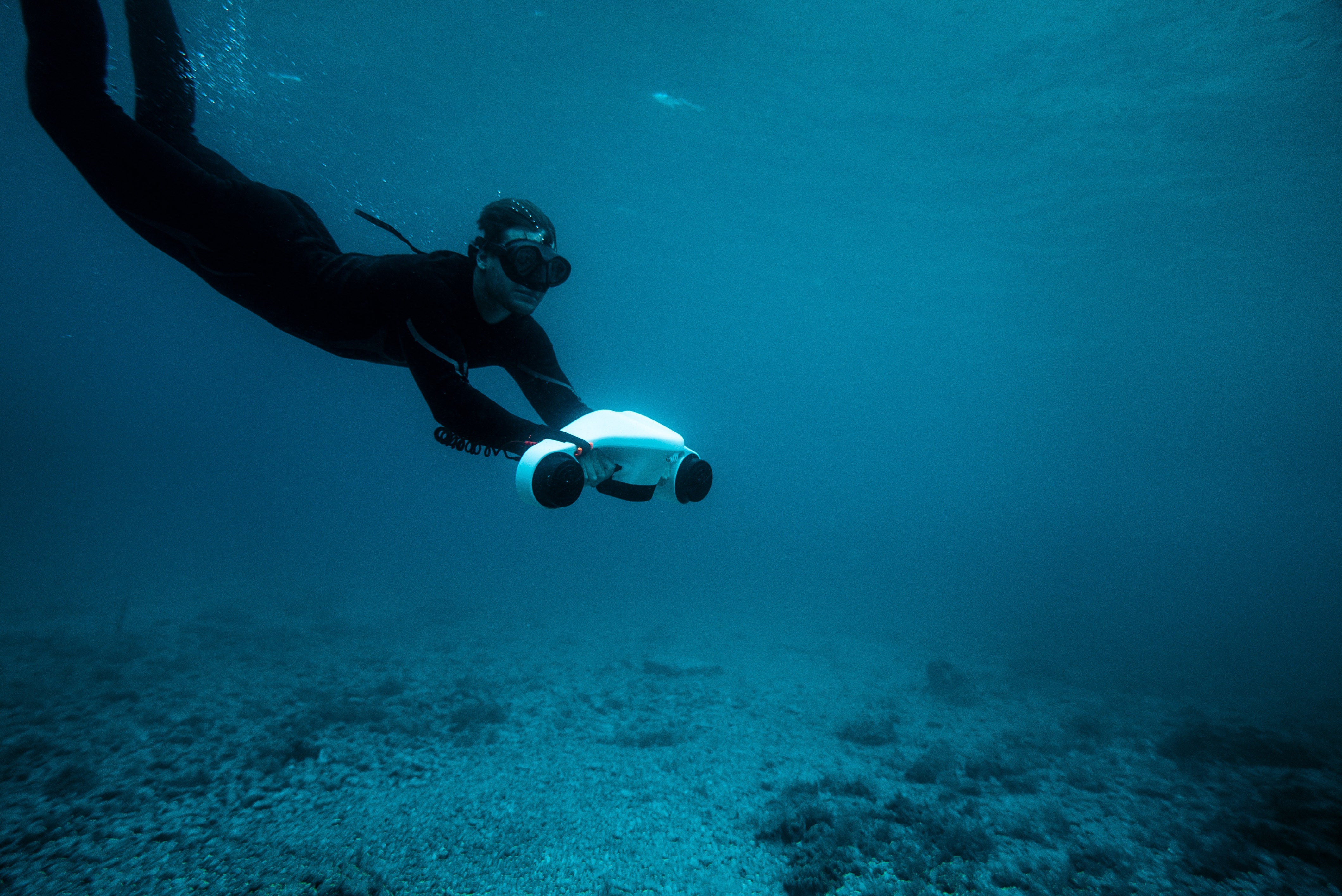
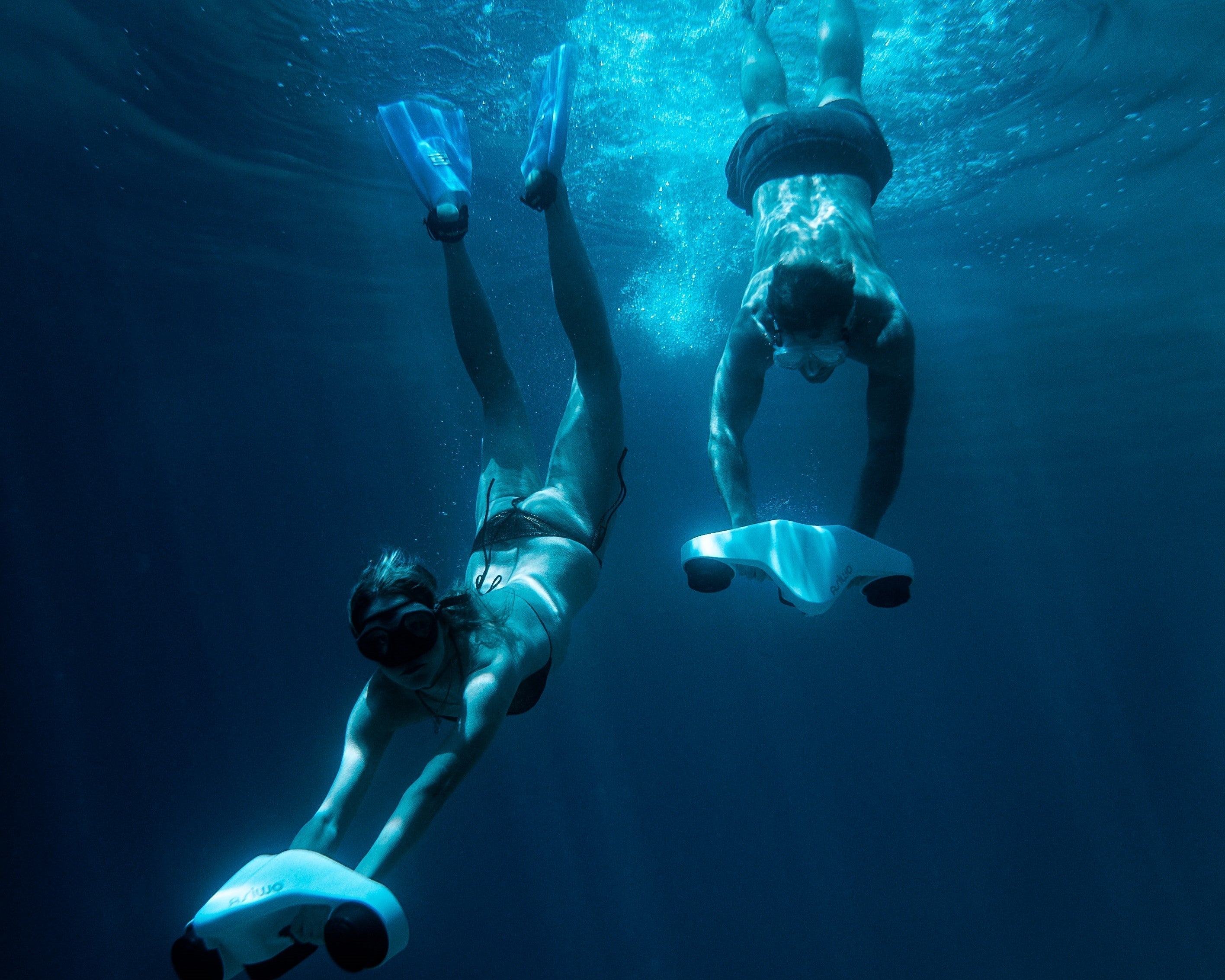
Lascia un commento